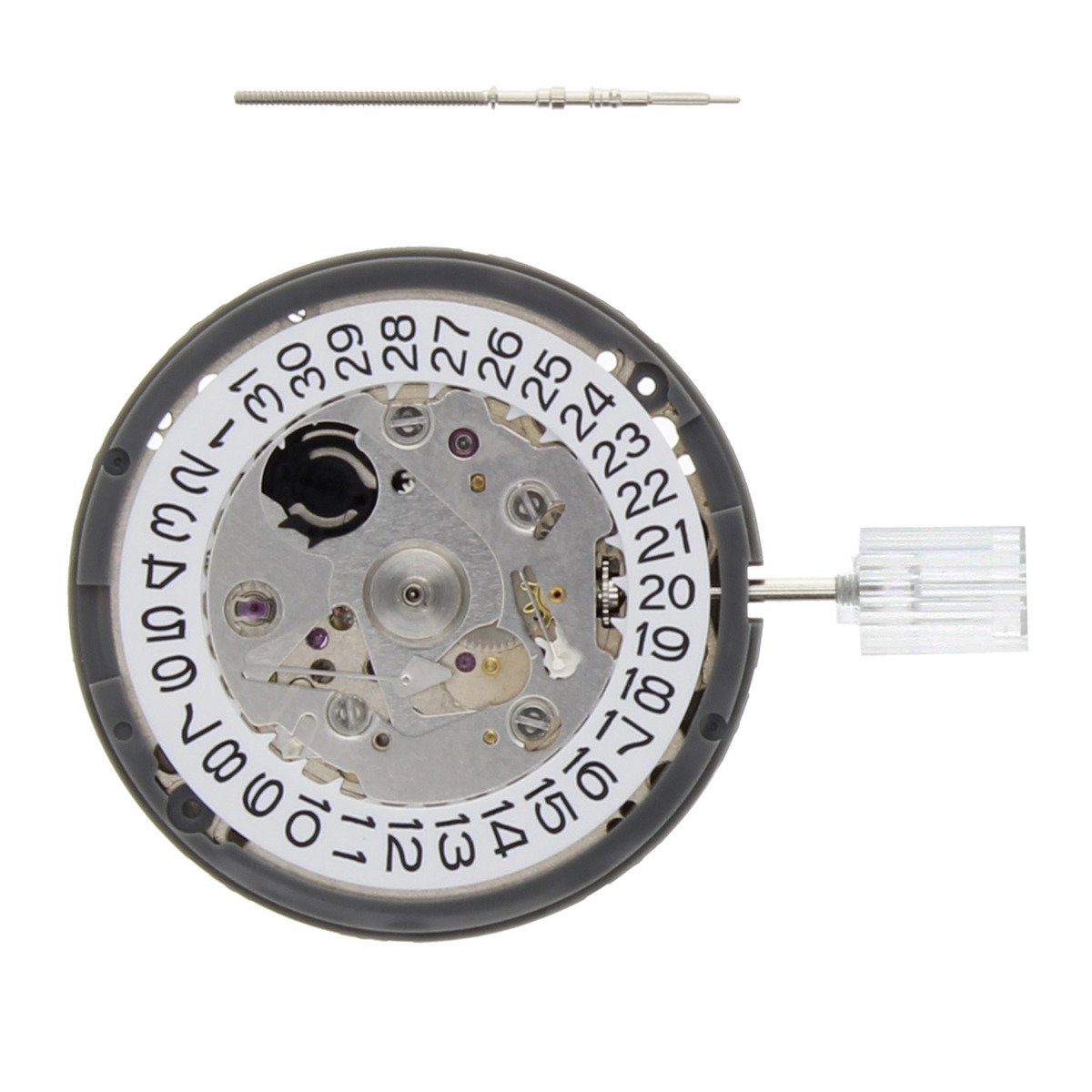Free & Fast USA Shipping Learn More
Watch Movements and Their Differences – A Quick Guide

There are many types of watches out in the market, so it’s logical to stand the reason that all watches have differences amongst each other. One of the significant differences between eyes is their watch movements.
As the name implies, the watch movement is the mechanism that allows watches to work, which tells you the time. There are three types of watch movements: mechanical, automatic, and quartz. Additionally, there is no specific type of movement that can be used in a watch.
A single watch’s movement can either be mechanical, automatic, or quartz, respectively. Aside from the name, however, what exactly are the differences between watch movements? Read on below to learn more.
How Watch Movements Started
Pocket watches are the precursor to the wristwatches that are now commonplace today. These pocket watches, as the name suggests, are designed to be carried around in a pocket. Additionally, these pocket watches often have a chain attached to them. These pocket watches are powered with a mechanical movement, which requires the user to wind the watch to keep it going periodically.
Not long after, the pocket watch has evolved into the modern wristwatch. These first-generation wristwatches are also mechanically powered. Later on, the automatic movement was introduced to timepieces, but it was only available for pocket watches that are still manufactured. It wasn’t until World War I that wristwatches were fitted with automatic mechanisms since pilots needed their wristwatches for aerial navigation.
Quartz movement was introduced relatively recently, in the late 1960s. The honor of having the first quartz-powered watches goes to Japanese company Seiko, when they released their Astron 350SQ in 1969. This was a massive deal for watchmakers at the time, because quartz mechanisms allowed watches to tell the time more accurately. Nowadays, it’s hard to find a watch that isn’t powered by a quartz mechanism, but they still exist.
The Different Watch Mechanisms
With the history of watch mechanisms out of the way, let’s look at the different watch mechanisms.
#1: Mechanical Movement
The mechanical movement is the first kind of movement that powered watches. Watchmakers used gears for movement, and all of these gears rotated at a special rate to keep a watch ticking accurately. To keep it ticking and to make it tell time, mechanical watches are required to be wound at times, or else they will stop.
To wind mechanical watches, the crown is to be rotated. When the crown is turned, the watch builds and stores momentum in the mainspring, a small piece of coiled metal connected with the watch’s gears.
The momentum stored in a mechanical watch’s mainspring is then released in precise intervals. Aside from that, a mechanical watch contains a mechanism called the escapement, which regulates the release of power by the mainspring to make the watch tick in timed, precise intervals.
#2: Automatic Movement
While automatic movement seems different from mechanical movement, the two kinds of movement had something in common. Specifically, both movements use the mainspring to power a watch.
An automatic watch relies on the wearer’s wrist movement for power. When you move your wrist, it engages a weighted rotor mechanism in the watch. This rotor then spins to store energy in the watch’s mainspring, which allows the watch to wind itself on its own.
Additionally, the crown and the winding stem also allows an automatic watch to be wound manually if the need arises. However, that very reason alone can also be a drawback on the wearer’s part. Since an automatic watch has a weighted mechanism, it can feel heavy.
#3: Quartz Movement
Quartz-powered watches are convenient because they rely on a battery to keep ticking, eliminating the need to wind up a watch, both manually and automatically. The battery generates an electric current that creates a vibration in a piece of quartz inside the watch. This piece of quartz vibrates at a specific frequency, which keeps the ticking of the watch accurate.
Quartz watches are also more lightweight than automatic watches, and they are also easier to maintain than mechanical watches. While people still like mechanical and automatic watches, quartz watches quickly became commonplace because of their convenience.
Conclusion
Frankly, there’s no definite answer when it comes to which is the best out of the three. However, you can pick a watch that depends on what you like.
Mechanical watches require the most attention and maintenance. Automatic watches are slightly different from mechanical watches, but they still need to be routinely wound up. Quartz watches are easier to use since they are battery-powered. The bottom line is that you should choose a watch movement that will suit your watch-wearing habits.
A watch such as the SKX013 is well-known for its quality. Since Seiko manufactures it, you can reattach various Seiko mod parts to it. If you’re looking for SKX013 mod parts, you’re in luck because Crystaltimes USA has got your back! We also offer other parts for other kinds of watches. Check out our website to learn more!
